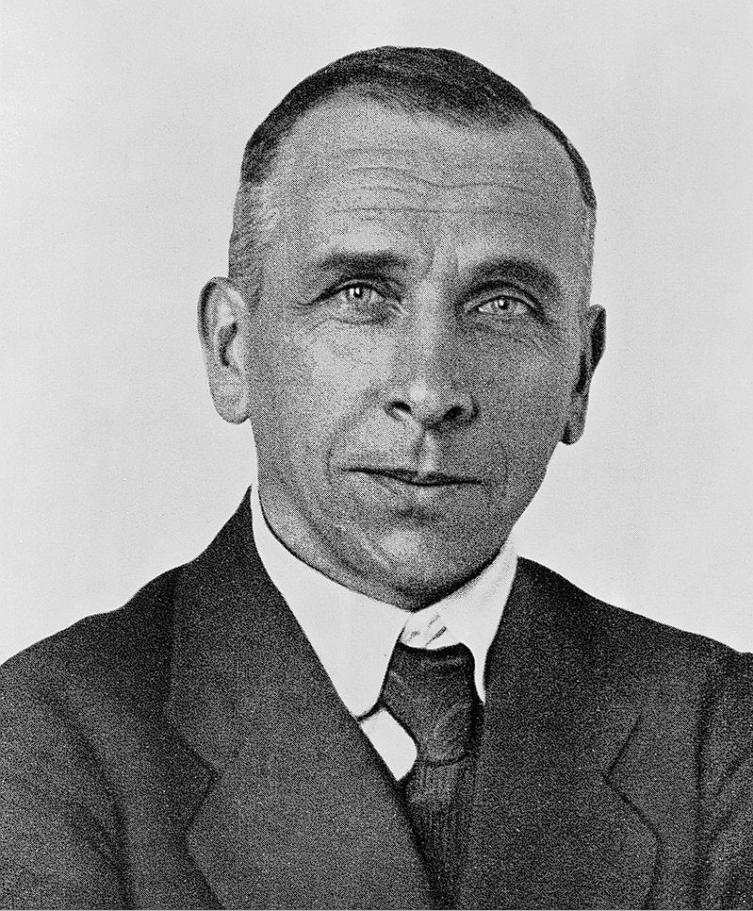“In 1912, Alfred Wegener, a German scientist of remarkable foresight, presented a proposition that would be met with widespread derision. Decades later, however, his revolutionary idea would fundamentally reshape our understanding of the Earth’s dynamic nature. He boldly asserted that continents were not static entities, but rather dynamic landmasses that drifted across the globe.”
A Bold Hypothesis: The Seeds of Continental Drift
- The Puzzle of Continents: A Visual Revelation:
- Wegener’s keen observation of the striking congruence between the coastlines of Africa and South America, resembling pieces of an intricate puzzle, sparked his intellectual curiosity.
- “The congruence of the coastlines of the Atlantic is too perfect to be a coincidence,” Wegener wrote in his seminal work, “The Origin of Continents and Oceans” (1915). He didn’t just see a shape matching, he saw geological and mountain range similarities that matched.
- Imagine Wegener, meticulously comparing maps, realizing the mountain ranges in South America aligned as if they were once a singular, continuous range with those in Africa.
- Fossil Evidence: A Transoceanic Connection:
- He further bolstered his hypothesis with the discovery of matching fossils on opposite sides of vast oceans, providing compelling evidence of a past when these continents were conjoined.
- These fossil findings spoke of a time when lifeforms traversed what are now formidable oceanic barriers, reinforcing the notion of a unified landmass.
- Picture Wegener, carefully comparing fossil samples, realizing that the same species of plants and animals had once existed on continents now separated by thousands of miles. The Mesosaurus, a freshwater reptile, being a prime example, fossil finds located in both South America and Africa.
- Initial Rejection: A Lack of Mechanism:
- Despite the compelling evidence, Wegener’s theory was met with widespread skepticism and rejection within the scientific community. The primary obstacle was his inability to provide a plausible mechanism for continental movement.
- The scientific establishment, rooted in the prevailing paradigm of static continents, dismissed Wegener’s idea as a fanciful notion, lacking the necessary explanatory power.
- Geologists of the time believed the Earth’s crust to be too rigid for continents to move across it. They demanded an explanation of the forces that could move such massive landmasses.
A Delayed Vindication: The Rise of Plate Tectonics
- The Unseen Force: Ocean Floor Mapping and Seafloor Spreading:
- Wegener, tragically, passed away in 1930, during an expedition in Greenland, unaware that his theory would eventually be validated. In the 1960s, advancements in ocean floor mapping and the discovery of seafloor spreading provided the missing mechanism.
- These discoveries revealed the dynamic nature of the ocean floor, showcasing the forces that drove continental movement, effectively vindicating Wegener’s long-dismissed hypothesis.
- Envision scientists, using new technologies, discovering mid-ocean ridges and deep-sea trenches, evidence of the ocean floor’s movement.
- The Emergence of Plate Tectonics: A Paradigm Shift:
- The culmination of these findings led to the development of the theory of plate tectonics, a paradigm shift that revolutionized our understanding of Earth’s geology.
- This theory, built upon Wegener’s foundational insights, provided a comprehensive explanation for continental drift, earthquakes, volcanic activity, and mountain formation.
- Plate tectonics explained that the Earths crust is broken up into large plates, that move across a semi fluid mantle.
- A Story of Persistence:
- Wegener’s story is not just a tale of science, but also a story of persistence and courage. He did not give up on his idea, even in the face of harsh criticism and ridicule.
- “The truth often begins as heresy and ends as superstition,” Wegener said. This quote shows his deep understanding of the nature of scientific progress.
Additional Information
- The Challenges and Difficulties:
- Wegener faced strong opposition from the scientific community, especially geologists. They considered him a dreamer, an outsider with no geological expertise.
- Scientists of the time thought the earth to be a static object, and the idea of moving continents was unexceptable.
- Wegener struggled to provide convincing evidence of the mechanism of continental movement. He proposed that continents “plowed” through the oceanic crust, but could not explain what force caused this.
- This lack of evidence weakened his argument and caused much skepticism.
- Legacy and Impact:
- Despite being rejected in his lifetime, Wegener’s ideas gradually gained acceptance after his death. The discoveries of seafloor spreading and plate tectonics proved him correct.
- Wegener changed how we view the Earth, from a static object to a dynamic system.
- The theory of plate tectonics has had a profound impact on many scientific fields, including geology, geophysics, paleontology, and evolutionary biology.
- It has helped us better understand mountain formation, earthquakes, volcanoes, and the distribution of life on Earth.
Conclusion
“Alfred Wegener, a visionary whose ideas were initially met with ridicule, ultimately triumphed over skepticism. His theory of continental drift, though dismissed in his lifetime, was vindicated by subsequent discoveries, leading to the paradigm shift of plate tectonics. His story stands as a testament to the enduring power of scientific inquiry and the eventual triumph of truth, even in the face of widespread opposition.”
